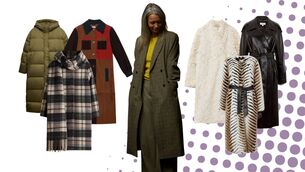The gender politics of pockets

When it comes to women’s clothing, nothing induces envy quite like a decent set of pockets. Instead we get small pockets, flap pockets, stitched pockets, fake pockets (aka ‘fockets’). Real deal pockets that can hold more than a fingertip or a credit card – not so much. It’s not a big ask. After all, if men can have them, why can’t we?
And therein lies the rub. Discreetly hidden or loud and proud, their presence is more than a mere practicality; it’s a statement of intent. With them, woman have hands-free flexibility; without them, we have handbags. Granted, arm candy may be sweet but there’s something equally savoury about walking breezily, hand in pocket down the street.










